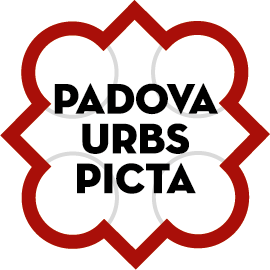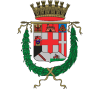The playwright Carlo Goldoni would write of the Baglioni family that they possessed a delightful rural villa called Mazzanzago “and perhaps there is no more pleasant and charming place”.
The property takes its present name from a Bergamo family who first chose this site for their summer retreat. The house then may well have been that built by Antonio Lombardo in 1663; when Antonio Lombardo died, the villa had passed to his brother Alvise, who had it completed (one can see what it looked like in a painting by Luca Carlevarijs). When the place became the property of the Baglioni family, the villa was transformed into an imposing palazzo, but still retained its role as the core of a farming estate.
The decoration of the piano nobile was one of the first fresco commissions undertaken by a very young Giambattista Tiepolo, one of the greatest painters in eighteenth-century Europe. Recounting the myth of Phaeton, the scenes he created marked the emergence of a new language in Venetian painting, which would remain dominant right up to the advent of Neoclassicism. Later in the eighteenth century, Antonio Zucchi decorated the ceilings in the ground-floor rooms: seven fresco tondi and a range of stucco work.












